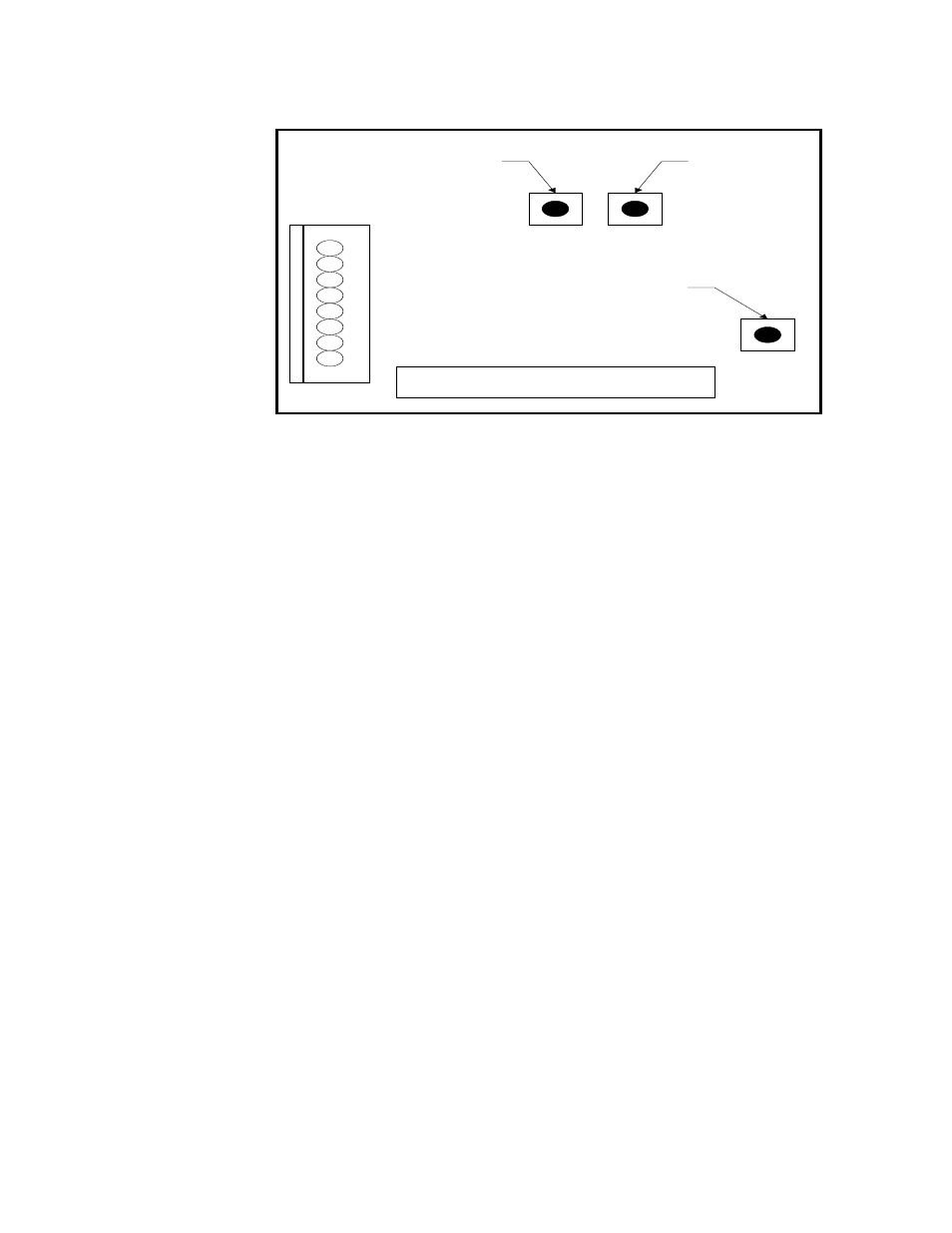Super Systems Simple Dew User Manual
Page 8

Simple Dew Digital Dew Point Analyzer Operations Manual
Super Systems Inc.
Page 8 of 18
1.2
The sensor-sampling chamber is the gray rectangular box with brass barb fittings
on either side with a black plastic gland protruding from the center.
1.3
The sensor probe is positioned in the sensor-sampling chamber. It is held in
place by the nut on the black plastic gland.
2.0
Remove the sensor probe from the sensor sampling chamber.
2.1
Loosen the black plastic gland nut and slowly slide the sensor probe out through
the airtight seal. Care must be taken when removing this sensor probe, since the tip
is very delicate and can be easily damaged if it is mishandled. Note that the probe
has white mark at the wire entry point, which must be aligned with corresponding
white mark in plastic gland when it is re-inserted in the sampling chamber.
3.0
Install the sensor probe into the 75.3% salt solution.
3.1
Slip the black sensor gland (supplied in the calibration kit) over the sensor probe
with the sensor tip protruding from the threaded end of the gland and the sensor
wires being flush with the top of the rubber o-ring in the gland. Tighten the gland
around the sensor. This does not need to be done with a wrench or other tools, but it
does need to be tight enough to prevent ambient air from contaminating the humidity
level of the sampling chamber.
3.2
Remove the cap of the 75.3% salt solution and install the sensor gland (with the
sensor) into the salt solution. To increase the life of the calibration salts, an effort
should be made to minimize the amount of time that the salt solution is exposed to
the ambient air.
4.0
Allow the sensor to reach equilibrium with the calibration salt.
SPAN
BUTTON
(75.3)
ZERO
BUTTON
(11.3)
CAL
BUTTON
Dew Point Microprocessor Board
